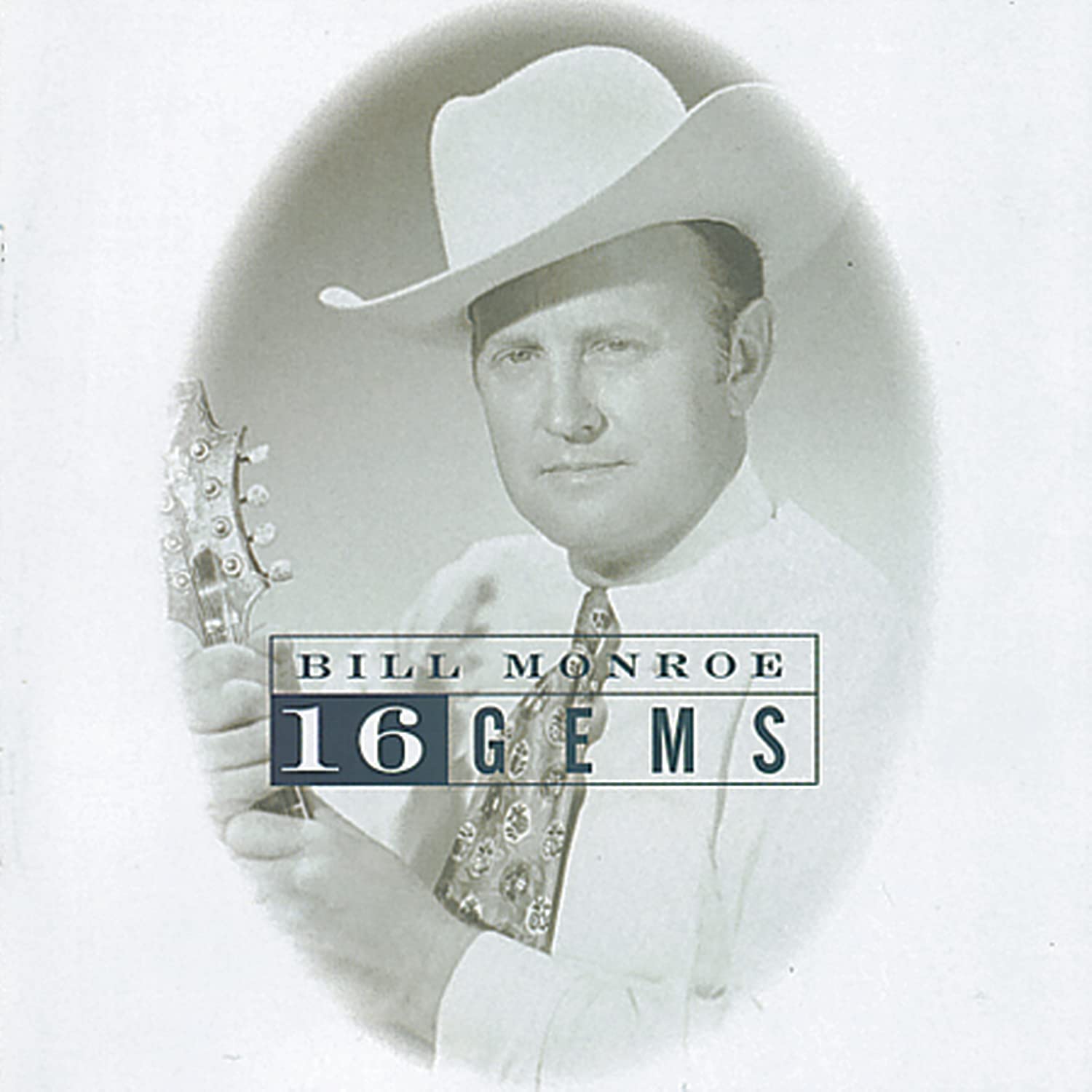On this September 13th, 2024, we mark the birthday of a towering figure in American music, Bill Monroe, the man whose name is forever bound to the creation of bluegrass. Born in Rosine, Kentucky, in 1911, Monroe was a force that shaped the soundscape of American folk, country, and beyond, casting shadows deep into the realms of rock and jam music. It is no stretch to say that without Monroe, the sonic evolution that gave rise to countless genres would be missing a crucial voice—a high, lonesome voice, as the hallmark of his sound came to be known.

Bill Monroe’s ascent began with the formation of his Blue Grass Boys in the early 1940s. The band’s lineup and its seamless integration of mandolin, banjo, fiddle, guitar, and bass laid the foundation for what would become bluegrass—a genre Monroe breathed into existence with every note of his mandolin. The raw, driving rhythms coupled with Monroe’s distinct tenor reached far into the hearts of the Appalachians and beyond. His sound, informed by old-time string bands, gospel, and blues, was an alchemy that would echo across decades and leave a deep and haunting legacy in its wake.

But Monroe’s reach extended far beyond the hills of Kentucky. He was the architect of a genre that spoke to the depths of human experience. It was a sound that echoed through the hills, valleys, and plains, conjuring the raw pulse of the land and its people. His mastery of the mandolin, combined with his vision for bluegrass music, gave birth to a movement that would captivate musicians for generations—including a young Jerry Garcia.
It is impossible to discuss Monroe’s legacy without mentioning his deep connection to Garcia, the visionary guitarist of the Grateful Dead. Monroe’s music sparked an early love for bluegrass in Garcia, and throughout his career, Jerry would return to these roots. Monroe’s influence on Jerry was nothing short of profound. In the 1960s, Garcia embarked on a pilgrimage with Sandy Rothman, traveling across the American Southeast, meeting their bluegrass heroes, and basking in the sounds of a genre that shaped so much of their musical lives. Monroe, for Jerry, was not just an influence but an idol—a figure whose music carried a weight of reverence and awe.
The weight of Monroe’s legacy can be felt in his most enduring songs—fifteen compositions that have become immortal threads in the fabric of American music:
-
"Blue Moon of Kentucky" – Monroe’s anthem, recorded in 1946, became the cornerstone of bluegrass. This waltz-turned-rockabilly classic, famously covered by Elvis Presley, captures the soul of the American South in its wistful sway.
-
"Muleskinner Blues" – A laborer’s lament, driven by Monroe’s piercing vocals and rapid mandolin work, this song etched itself into the lexicon of country and bluegrass alike.
-
"Uncle Pen" – A tribute to his beloved uncle, Pendleton Vandiver, this song is an ode to family and the music that filled Monroe’s childhood, a joyous celebration of fiddle-driven melodies.
-
"In the Pines" – Haunting and sparse, Monroe’s version of this traditional song is one of brooding loneliness, tapping into a deep well of emotional resonance.
-
"Kentucky Waltz" – A ballad of longing, steeped in Monroe’s love for his home state, this waltz invites listeners to dance in the warm embrace of nostalgia.
-
"My Little Georgia Rose" – A tender love song wrapped in Monroe’s delicate mandolin runs, this piece evokes the timeless theme of unattainable romance.
-
"Rawhide" – A high-octane instrumental showcasing Monroe’s virtuosic mandolin technique. Its speed and precision still challenge musicians today.
-
"Footprints in the Snow" – A chilling ballad that evokes the icy landscapes of the mind and heart, this song tells a story of lost love and sorrow.
-
"Wayfaring Stranger" – Monroe’s interpretation of this traditional hymn is a spiritual journey, filled with yearning for deliverance and redemption.
-
"Travelin’ This Lonesome Road" – As the title suggests, this song explores themes of isolation and wandering, underscored by Monroe’s plaintive voice and his band's tight harmonies.
-
"Bluegrass Breakdown" – An instrumental powerhouse, this track highlights Monroe’s technical prowess and his vision for bluegrass as a fast, driving, and emotional genre.
-
"Can’t You Hear Me Callin’" – A plea for a lover’s return, Monroe’s heartfelt delivery and melodic genius shine brightly here, making it one of his most beloved songs.
-
"I’m Going Back to Old Kentucky" – Monroe’s ode to his homeland, filled with love and longing, is a quintessential bluegrass tune that captures the soul of his music.
-
"New Muleskinner Blues" – A reimagining of one of his early hits, this version retains the gritty, hard-edged quality that made the original so iconic.
-
"Little Cabin Home on the Hill" – A song of heartbreak and homesickness, Monroe’s mandolin weeps alongside his voice, crafting a piece that is as poignant as it is beautiful.

Monroe’s music, like a river carving through stone, left deep grooves in the American musical landscape. He brought a new form of expression to the forefront, one that intertwined skill, emotion, and tradition. His songs were, and remain, stories told through strings—tales of heartache, home, and the human condition.
As we reflect on Bill Monroe’s life and legacy, we see how his influence spread like wildfire through generations of musicians, from his contemporaries to the likes of Jerry Garcia, who stood in awe of the man they called the father of bluegrass. Monroe’s contribution to American music remains a towering achievement—one that continues to inspire and reverberate through the generations.






















